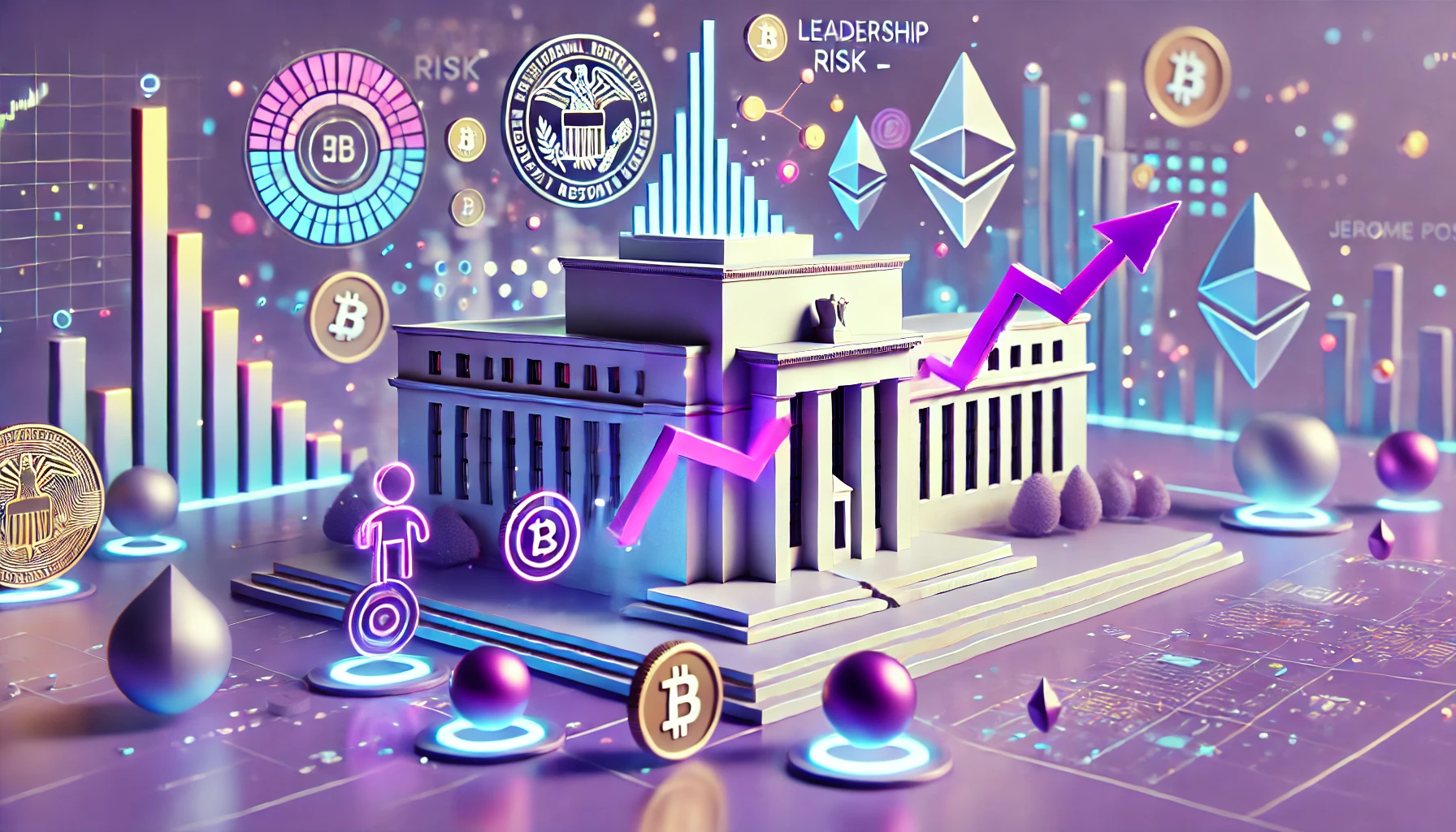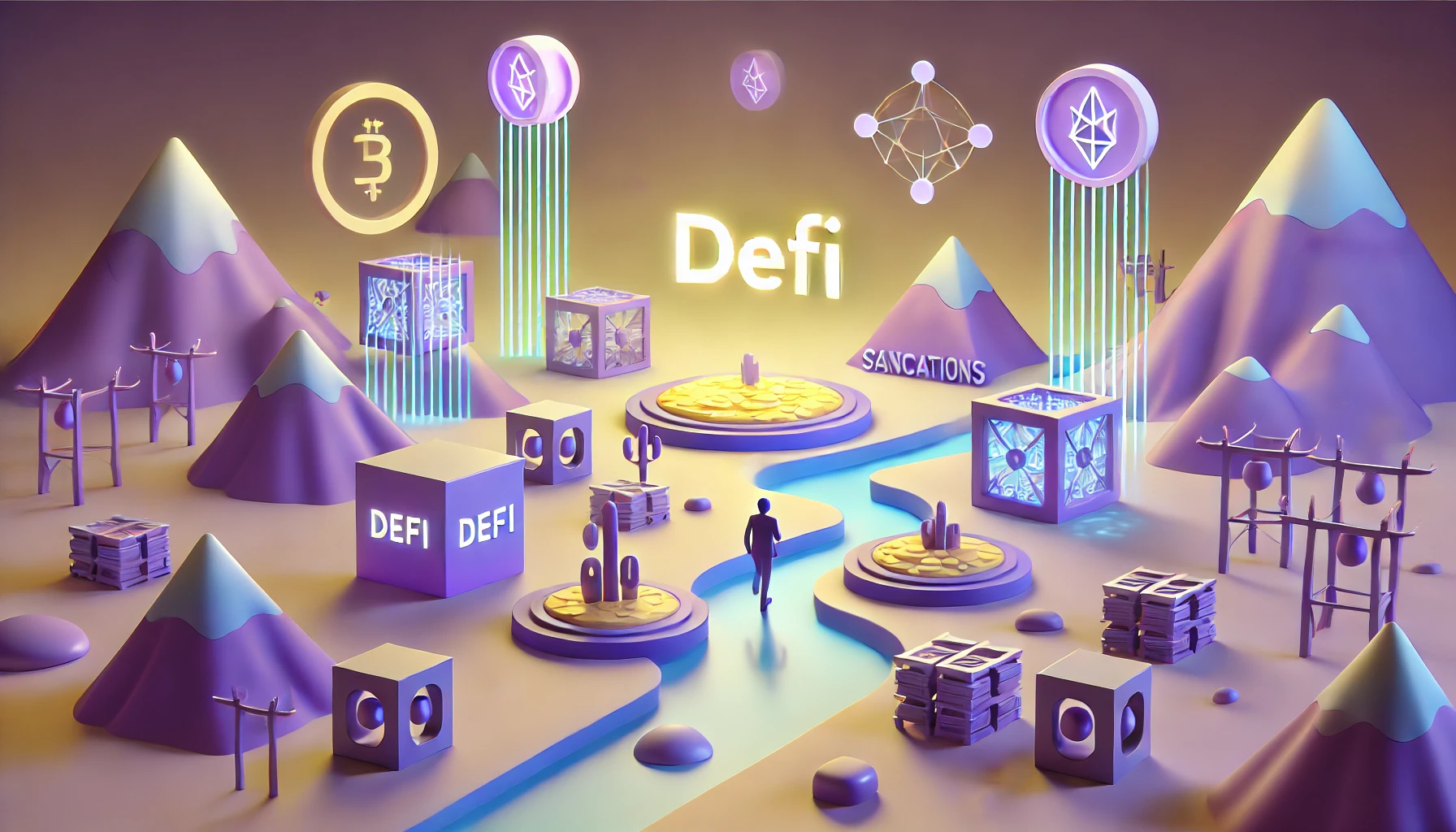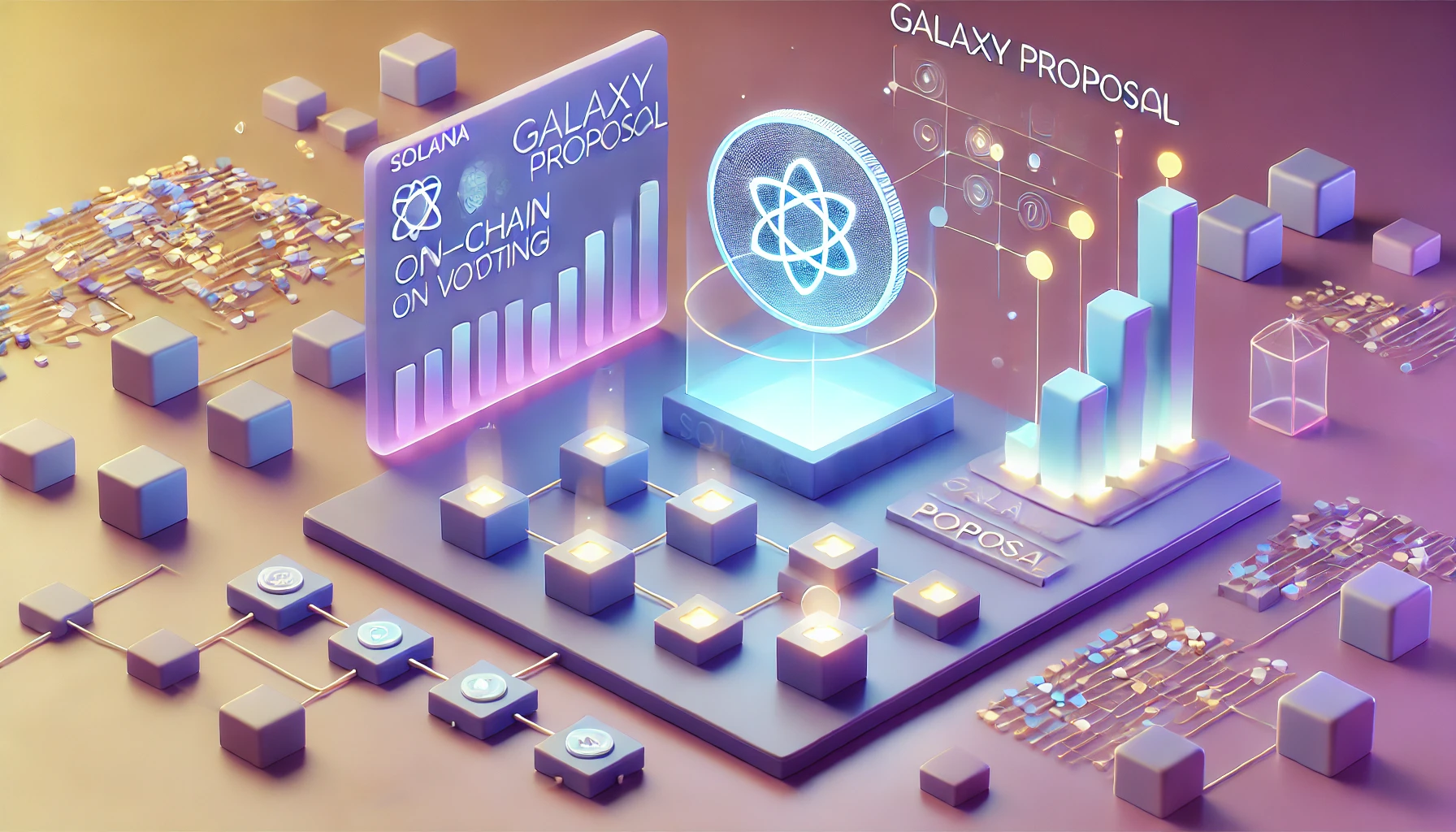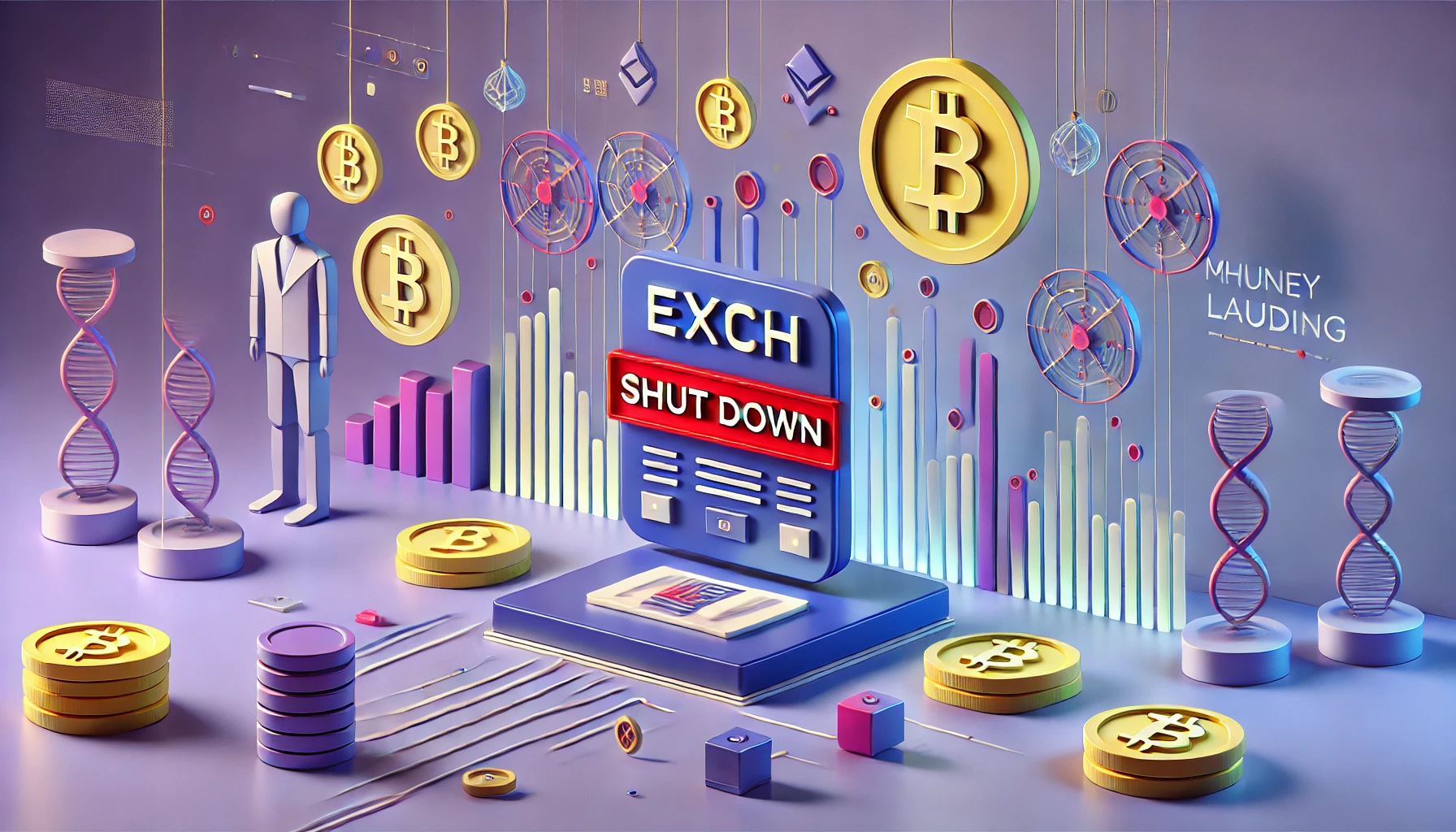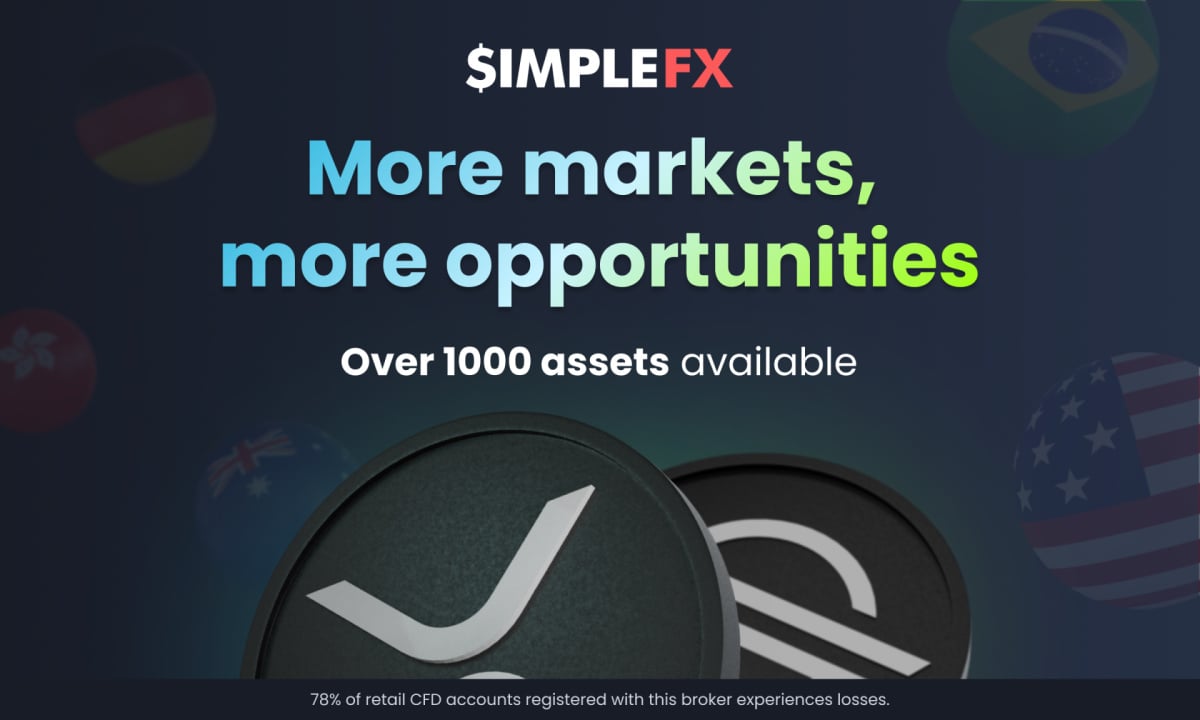Tron, the revolutionary cryptocurrency platform for the entertainment industry, is continuing its crusade against the giant Ethereum with the launch of its TRC-721 standard. Its founder Justin Sun unveiled the document in a tweet dated 16 March 2021. Already much faster and cheaper than Ethereum, Tron is gradually developing the same features as its predecessor, enough to worry the second-largest platform on the cryptocurrency market.
Tron, the story of an innovative project
Tron was founded in 2017 by Justin Sun, following an ICO (raising funds through the sale of tokens) on the Ethereum platform. This ICO raised $70 million. In 2018, Tron was able to leave the Ethereum blockchain and move to its own peer-to-peer network. As part of this move, Tron acquired BitTorrent, the largest peer-to-peer data sharing network, in July 2018.
Tron is now an open-source platform with its own blockchain. Users therefore have access to all the transactions that have taken place on the chain. Transactions on Tron are secure and extremely fast. On average, they take just a few seconds. The Tron platform claims that its network can process up to 2,000 transactions per second! By way of comparison, Bitcoin can only process 6 per second, and Ethereum only 25.
Tron is a totally decentralised platform. No central entity is in charge of the system’s data. Its decentralised governance system means that organisations based on Tron can operate without any human resources. Tron also offers “smart contracts”.
The development of Tron is divided into six stages:
Exodus: for the release of data
Odyssey: empowering content
Great Voyage
Apollo
Star Trek
Eternity
These last 4 stages will lead to the creation of a decentralised forecasting and gaming platform. This roadmap extends to 2027, if Tron does not fall behind schedule. It is therefore a long-term project.
Tron (TRX), the entertainment industry’s cryptocurrency
Tron’s long-term goal is to revolutionise multimedia content sharing and, by extension, the entertainment industry by cutting out the middleman. Tron is designed for multimedia content of all kinds: audio, video, video games and so on. Consumers will be able to view content on Tron and pay creators or encourage developers by sending them TRX, or Tronix, the platform’s cryptocurrency. In this way, content creators will be better remunerated and consumers will pay no intermediary fees. Content creators can also create their own tokens on Tron if they wish. These tokens will be similar to TRX.
Tron also offers creators the opportunity to participate in ICOs for their projects. These ICOs give them exposure to the entire Tron community. They are generally quite lucrative, since the absence of intermediaries on Tron encourages consumers to donate cryptocurrency.
Is the launch of Tron’s TRC-721 standard a threat to Ethereum?
Tron has just launched its non-fungible token (NFT) standard, called TRC-721. This standard is in direct competition with the leader Ethereum on the NFT market, which is growing rapidly at the moment.
Tron conquers the NFT market
NFTs, non-fungible tokens, are extremely popular in the cryptocurrency world. These special crypto tokens are rarer and non-interchangeable. They are therefore much more valuable than traditional cryptographic tokens, the so-called “fungible” tokens, which have no identity of their own.
Non-fungible tokens make it possible to verify their rarity and digital ownership, as well as the interoperability of their assets (i.e. their ability to operate on different platforms). These NFTs are used in art, collectibles and crypto games.
The first platform to launch standards to create NFTs was Ethereum in 2015. Its ERC-721 standard is inheritable, allowing developers to create new standards that conform to it, as Tron has done.
Tron’s ERC-721
In a tweet on 16 March, Justin Sun unveiled Tron’s new TRC-721 standard, which is fully compatible with Ethereum’s ERC-721. This compatibility will enable cross-chain transactions between Tron and Ethereum.
Users must install the TRC721 and TRC165 interfaces, then install the TronLink Chrome extension and launch their account. However, they must already have a minimum of 350 TRX to issue their tokens. All they then have to do is customise the name and symbol of the token.
For the time being, Ethereum is the leader in the NFT market. However, the gas fees, or transaction fees, charged by the platform are very high. On average, the gas charge is $10 per transaction. But these fees can sometimes rise to $50 when the network is congested. Most of the cryptocurrency giant’s competitors are predicting its demise because of these huge fees.
Tron, on the other hand, offers extremely low fees, making it ultra-competitive on the market. These fees explain the constant increase in its daily transaction volume, approaching the figure of 3.5 million transactions.
Tron’s future in the cryptocurrency market
Tron undeniably has a lot of potential. In fact, its cryptocurrency has risen to 10th place in terms of capitalisation. Today, Tron’s TRX price is $0.052, but Tron has a total capitalisation of $3,895,273,409.
Tron’s future depends on a number of factors. Firstly, Tron is a platform aimed at the entertainment industry in particular. It will therefore be necessary for the platform to appeal to content producers and consumers to continue to assert its place on the cryptocurrency market.
Secondly, Tron’s future will depend on whether it sticks to its roadmap. If its developers fall too far behind, the TRX price is likely to suffer. Unlike many other platforms, the Tron team regularly publishes a roadmap so that you can follow their progress. This constant transparency with the public contributes to its popularity on the market.
Finally, like all crypto-currencies, the TRX price is heavily dependent on the Bitcoin price, the undisputed market leader. When the Bitcoin price rises, TRX sales rise with it. It is therefore rather difficult to make predictions for the TRX at the present time.





